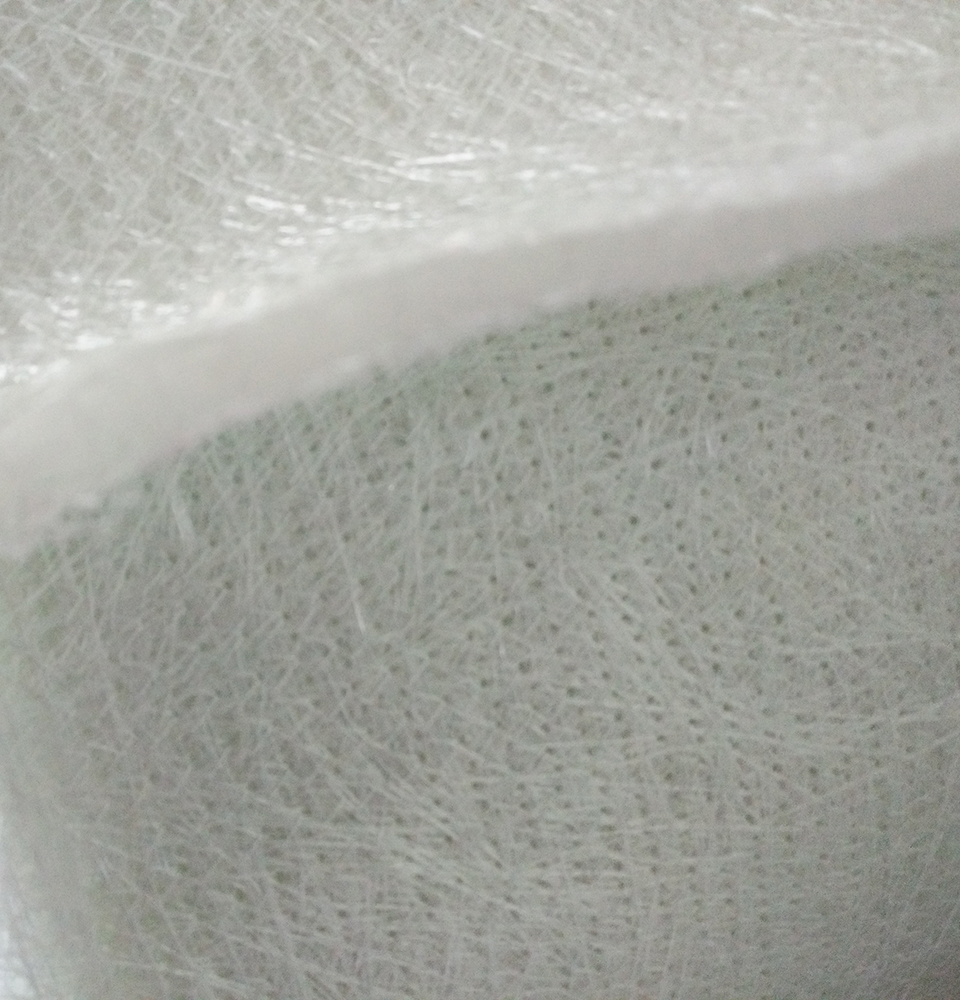When we think of fiberglass, it’s easy to picture a glossy sheet, a boat hull, or perhaps a car part, but the real magic lies in how it's made. Fiberglass composite materials have become a staple across industries for their incredible balance of strength, weight, and resistance to heat and corrosion. But how do we get from raw minerals to a lightweight yet rugged material that performs under pressure?
This article explores the making of fiberglass composite material from its core ingredients to the environmental implications, and whether it can be tailored to your unique application needs.


At its core, fiberglass is exactly what it sounds like: fine fibers drawn from molten glass. The primary ingredient is silica sand (SiO₂), often combined with limestone (CaCO₃), alumina (Al₂O₃), magnesium oxide, and trace elements like boron or titanium dioxide, depending on the desired properties.
Once the glass is melted at temperatures over 1,400°C, it is extruded through tiny holes in a platinum bushing to create thin glass filaments, often finer than human hair.
But glass fibers alone are brittle and can’t hold shape. That’s where thermosetting resins come in, usually polyester, vinyl ester, or epoxy. These resins act like a glue, surrounding and bonding the fibers together to create a composite material that can be molded, cured, and relied upon.
The most common reinforcement formats are chopped strand mats, woven roving, and stitched biaxial fabrics. These can be layered in different orientations, depending on the mechanical properties required.
Here's how the reinforcement process typically works:
▪ Layup: Fiberglass fabrics or mats are laid into a mold, either manually (hand lay-up) or automatically.
▪ Resin Application: Liquid resin is applied through brushing, spraying, or infusion. In Resin Transfer Molding (RTM), the resin is injected under pressure.
▪ Curing: A catalyst (e.g., MEKP for polyester resin) triggers a chemical reaction that hardens the resin. This typically takes several hours, depending on the ambient temperature and resin formulation.
▪ Consolidation: Rollers or vacuum bags are used to remove air bubbles and ensure full wet-out, which is critical for strength and appearance.
The result is a rigid, unified material with high tensile strength, dimensional stability, and corrosion resistance.
The full production cycle can be summarized as:
▪ Glass Melting: Raw materials are melted and filtered.
▪ Fiber Drawing: The molten glass is extruded into continuous filaments.
▪ Sizing Application: Fibers are coated with a chemical "sizing" to enhance resin bonding.
▪ Fabric Formation: Fibers are chopped or woven into mats, rovings, or fabrics.
▪ Molding and Resin Impregnation: Fiberglass is shaped and saturated with resin, usually via hand lay-up, spray-up, pultrusion, or compression molding.
▪ Curing and Cooling: The composite is cured either at room temperature or in heated molds.
▪ Trimming and Finishing: Edges are cut, holes drilled, and surface treated for adhesion or aesthetics.
This process can be scaled for everything from lightweight auto body panels to high-load structural components in construction.
This is where the conversation becomes more nuanced.
On one hand, fiberglass production consumes high energy, especially during the melting phase. And most thermoset resins used are petroleum-derived and not biodegradable.
However, there are efforts to recycle fiberglass waste through mechanical grinding or use in cement kilns, although not at large scale yet. Also, compared to steel or aluminum, fiberglass production emits less CO₂ per unit of structural performance, especially in transportation and wind energy sectors.
New innovations in bio-based resins and closed-loop recycling technologies are emerging, showing promise for a more circular future. Still, if you’re sourcing fiberglass materials, it’s worth asking suppliers about their environmental practices—from energy sourcing to post-consumer recycling options.
Absolutely—and that’s one of its greatest strengths.
Fiberglass composites can be tailored by adjusting:
▪ Fiber orientation (unidirectional for strength, woven for stability)
▪ Resin type (epoxy for performance, polyester for cost efficiency)
▪ Surface finish (gel coat for aesthetics or UV resistance)
▪ Core materials (foam, honeycomb, or balsa for sandwich panels)
Whether you need chemical resistance for pipes, impact resistance for automotive parts, or dimensional stability in high-humidity environments, fiberglass can be engineered to meet those specific needs.
And if you're dealing with tight tolerances, weight constraints, or regulatory requirements, most fiberglass manufacturers offer custom layup schedules, color matching, fire retardant formulations, and precision cutting.
Fiberglass composite materials aren’t just strong—they’re smart. Every sheet, pipe, or panel represents a blend of physics, chemistry, and craftsmanship. Understanding how it’s made not only helps you appreciate its performance but also equips you to make more informed sourcing decisions.
From glass melting to resin infusion, from sustainability concerns to custom possibilities—fiberglass may not be a one-size-fits-all material, but it’s pretty close. And for engineers, buyers, and builders alike, that flexibility is worth its weight in… well, glass.